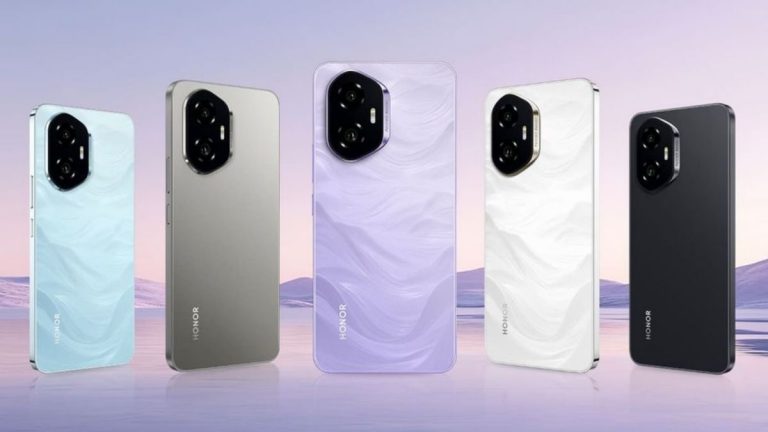Honor 400 series is set to be launched globally on May 22. Ahead of the launch, the Chinese consumer tech brand has teased a new artificial intelligence (AI) feature of the upcoming smartphone series. It will get a new AI-powered image-to-video tool that can animate a static image. While not a lot is known about the new feature, reports claim that it can generate up to five-second-long videos with a single image. This AI feature is said to be powered by Google.
Honor 400 Series Could Bring an AI Video Generator
In a post on X (formerly known as Twitter), the official global account of Honor teased a new “AI Image to Video” feature for the Honor 400 series smartphones. This AI tool will be available to the entire series. Describing the AI tool, the Huawei sub-brand said that it “can effortlessly transform your images into captivating videos.”
The post also shared a video of the feature, showcasing the capability of the AI tool. Honor did not reveal a lot about the feature at the moment. However, according to a Huawei Central report, the AI image-to-video feature will be powered by Google’s Veo 2 model, which was released earlier this year.
Essentially it is a live photo feature that can animate a video, but it doesn’t exactly use that image as a reference to generate creative videos. As per the report, the tool will generate up to five-second-long videos from a single static image.
Additionally, the publication highlighted that the tool can generate videos from both portrait and landscape images, and takes about a couple of minutes to generate the output. The tool can reportedly be accessed from the phones Gallery app. However, one downside is that there is no option to add a text prompt to tell the AI what the user wants the video to look like.
The image-to-video tool will reportedly be available to Honor 400 smartphone users for free for the first two months. During this period, users are said to get 10 video generations per day. After that, it is speculated to require a subscription to generate videos. While details are unclear, the feature might require a Google One AI Premium subscription.

